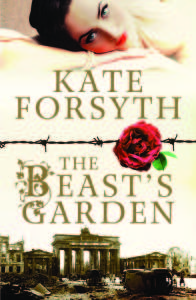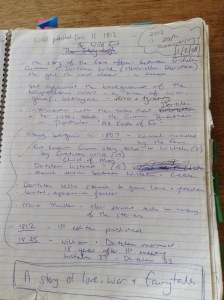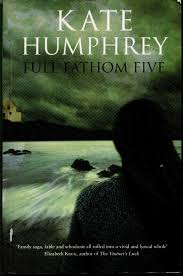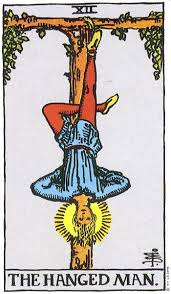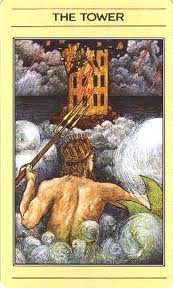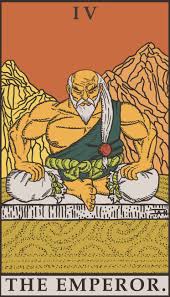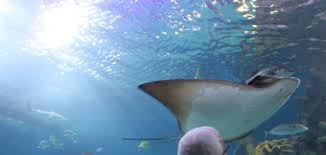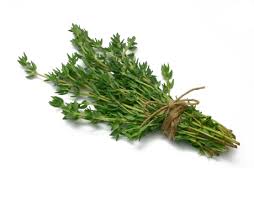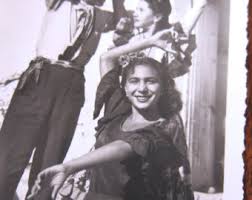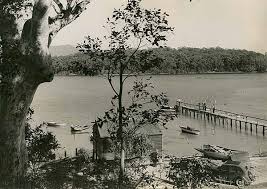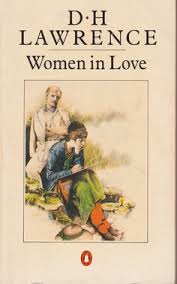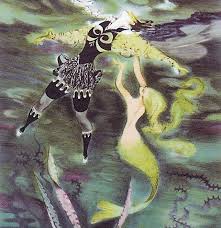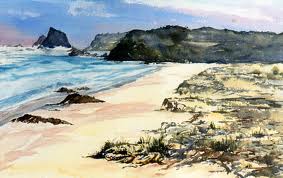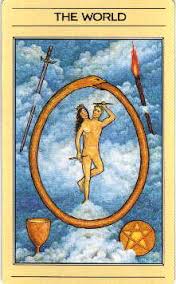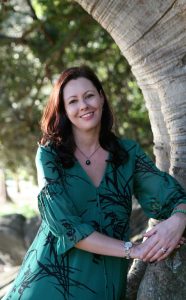Hello,
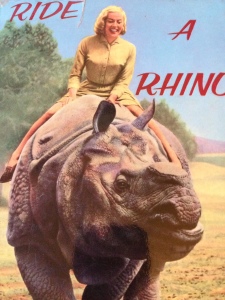
I’m delighted to present my next author for my Ride the Rhino Inspiration posts – the beautiful Kate Forsyth.

I feel as if I’ve known Kate forever. We we were both briefly involved with The Drinklings many years ago, when we enjoyed wine and book chats in Sydney with a group of writers and we’ve spoken on a couple of panels together.
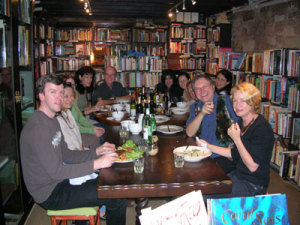
She always inspires me with her intelligence, talent and her generous nature towards other authors. When I began this series of inspirational interviews I knew I had to have Kate aboard. When we last spoke at the Newtown Writers Tent for Better Read than Dead bookshop, we ended up in rain-soaked Newtown talking for hours in a cafe about writing, publishing, our children and the juggling act we have to go through. It’s a true testimony to how highly I regard her that when I suffered a major heartbreak with my publishing career, it was Kate I trusted, sending off a frantic email asking for her advice. In the very competitive world of publishing, Kate has always sought to encourage other authors to fulfil their dreams and destiny.
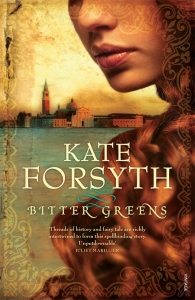
Kate is an international bestselling author of 36 novels spanning a range of genres. She writes for both children and adults and has won many awards, including Five Aurealis Awards in a single year and a CYBIL award in the United States. Her bestselling novel Bitter Greens won the American Library Association Award for Best Historical Novel of 2015 and the library journal US Best Historical Novel. Kate has a doctorate in fairytale studies from the University of Technology in Sydney and a BA in literature and a MA in creative writing. Writing talent is obviously in her blood: she is a descendant of Charlotte Waring, the author of the first book for children published in Australia, “A Mother’s Offering to her Children” (1841).
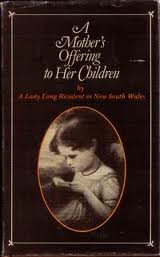
Her Great-Great-Great-Great Grandfather James Atkinson (Charlotte’s husband) wrote a book about Australia in 1826. Their daughter Louisa was also the first Australian-born journalist and novelist.
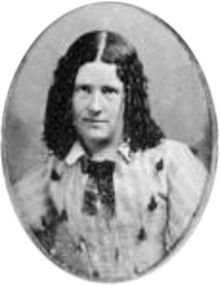
Louisa Atkinson
Kate’s sister
Belinda Murrell is also a talented bestselling, internationally published writer as is their brother, Nick Humphrey.
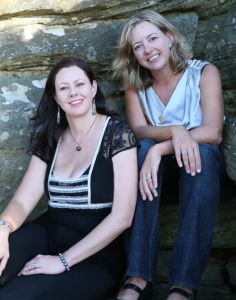
Kate with her sister Belinda Murrell
Kate updates her very inspiring website regularly with loads of generous writing tips and fascinating interviews, and also runs writing retreats in the Cotswolds through the Australian Writers’ Centre. I hope you find as much inspiration as I did from Kate’s Ride on the Rhino.
J – Kate, you studied at Macquarie University where you did your Bachelor of Arts in Literature and after graduating, you worked as a journalist across a wide range of publications before you quit to work freelance. Throughout your years of study, you wrote the first book in your much lauded fantasy series, The Witches of Eileanan, but you’ve also written poetry under your maiden name Kate Humphrey. You wrote Full Fathom Five republished as Dancing on Knives as part of your Master ‘s thesis and you’re now finished your doctorate in fairy-tale retelling at the University of Technology. Academia is obviously hugely important to you. Do you feel continuing your education is necessary for writers in this competitive climate? On Twitter recently I retweeted Ann Patchett’s quote, ‘No-one should go into debt to study creative writing. It’s simply not worth it. This is not medical school.’ What advice do you have for those of us who would have to go into debt to study writing?
K – I do not think you need to undertake a degree to be an author. I think you need to read a lot, and read widely, and a degree in Literature like my first degree can obviously help you do that. I think you need to learn your craft, and learn discipline, and a degree in Creative Writing like my second degree can help you in that task. And I think an intense period of research and reflection into an area of personal interest to you – like my doctorate in fairy tales – can only help you acquire the kind of depth of knowledge that can be of use to you as an author. But I certainly don’t think a set course of academic study is the only way to go! I think I learned more by my own reading and my own dedication to learning the craft by studying the work of other writers, and reading books on writing, than by going to university. I did all of my degrees for my own pleasure, and to learn as much as I could, and to become aware of other ways of thinking and doing … but anyone can challenge themselves and learn and grow, simply by living and reading and wondering and learning at their own pace and rhythm.
J – Will we see more poetry from you? Do you still write poetry?
K- I was actually only thinking about writing a new poem yesterday … I never know when an idea for a poem will strike me. Usually I write poems in the small spaces between novels … or essays or picture books or short tales … and then I get all consumed with the next novel and have no room left over for short-form writing. The last poem I wrote was after I had finished BITTER GREENS – its a Rapunzel poem, showing the story still had not been fully exorcised. Here it is:
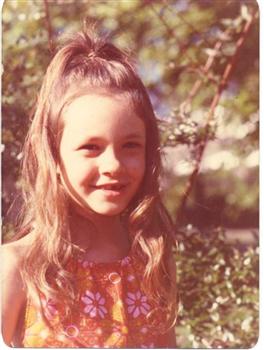
Kate Forsyth at seven
J – At two years of age you were badly savaged by a dog and your injuries were so severe that a man fainted when he first saw them and your mother was warned to expect you would die. You spent your formative years up to the age of eleven in and out of hospitals enduring many painful operations – during this time you lost yourself in the world of fiction and creating stories. Rapunzel was one of your favourite stories which formed the basis for your book Bitter Greens. Where did your strength come from to survive and transcend this extremely traumatic time?
K – I don’t remember the accident. So I think it was my poor mother who suffered the most trauma at that time. Most of my memories of hospital come from around the ages of seven to eleven … and also I remember always having to be careful, especially if it was windy, about playing outside or playing with animals in case I got sick again. I still don’t like hospitals – the smell of them and the sound of them can make me feel anxious and even panicky – and so I do my best to avoid them. And I’m always interested in hearing about other authors who had childhood illnesses – I think we all coped in similar ways, by turning to books and stories, by reading voraciously, by imagining ourselves into other places, by having a rich interior life. I was lucky – an operation I had when I was 11 meant that I could have a relatively normal life from that time on, though I still do need to go back and have another procedure every few years (which I hate!)
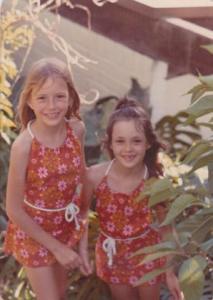
Kate and her sister Belinda
J – When you first began writing for publication, I read in online interviews that early books you were trying to write to ‘fit into the market’ were knocked back. It was only when you began writing for yourself that The Witches of Eileanan was picked up in an international bidding war. What inspired you at this time to keep going? How important do you feel it is to write the book you love as opposed to writing for the commercial market?
K – In my 20s, when I was first trying to get published, I heard all the time that the only books publishers wanted were dark and gritty post-modernist contemporary novels – my least favourite type of book! I loved historical fiction and fantasy and old murder mysteries and romances, and books that had a story to tell. I was working on a novel at the time – it was set in contemporary times but it was certainly not gritty realism – but I was not able to find a publisher for it then (the book was eventually published as Full Fathom Five, and was recently re-released under the title Dancing on Knives). I was not trying to fit into a market by writing that book, the story was one that I had laboured over for many years and which was very close to my heart. I think it was just that I was still only a young author (I started it when I was 16) and it simply was not yet good enough to be published. It is true that while I was doing my Masters of Arts in Creative Writing, and used that novel as my major piece of work, I received a lot of encouragement to make it darker, grittier, more violent and less magical. But I did not know how to write it that way (many tears were shed as a consequence). It is also true that once I began to write Dragonclaw, my first published novel, I felt as if I had shed the shackles of expectation and I just ran wild, putting in everything I love about books and nothing I didn’t. I was lucky to write Dragonclaw at a time when publishers realised that there was a huge market for that type of books – a book filled with magic and mystery and romance .. and my life was transformed as a result.
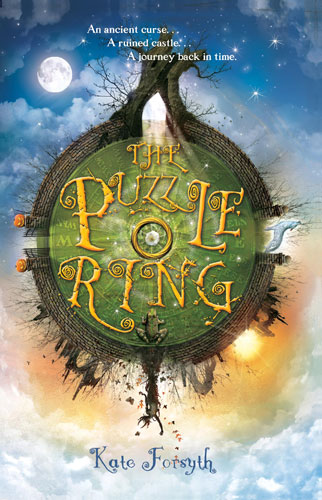
J – You’ve achieved so much already – but I know that even the most successful people have their setbacks and disappointments. What do you do when you do hit those moments? Is there any advice or words of wisdom you can share with us that may help creatives reading to deal with the discouraging times?
K – Of course! Being a writer is a constant rollercoaster of emotion – flying high one day and crashing down the next. It’s because we invest so much emotion in what we do. I have a couple of things that help me when I’ve been hurt or disappointed by something that happens. I print out any lovely fan mail I get, or any exciting emails from my publishers and agents, or amazing reviews, and then I stick them in my journal. So on a bad day I can go back and read them and remind myself that there are people who love what I do. I also write it out. My daily journal writing is a great source of comfort to me – I pour out all my feelings, all my unspoken hopes and fears, and then work through what is upsetting or bothering me. I’m also very lucky to have a very loving and supportive family and circle of friends, and so I talk to them about it, and they tell me not to worry about it – and that really helps!
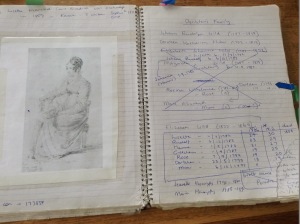
J –You have a very active online presence; with blogging where you provide massive inspiration through your writing tips and interviews with other authors. You’re on Twitter, Facebook, Pinterest, Goodreads. What is your take on social media for artists? Why is it important for you to publicise yourself in this way? And how do you balance your time so that you’re not constantly distracting yourself from the work you’re doing with beating your own drum on social media? Which one is your personal favourite social-media platform?
K -I really enjoy blogging and all the rest, and so I do it for my own pleasure and to connect with kindred spirits. It helps me to easily stay in contact with writer friends all over the world, which I really love, and it means people can know what I’m up to at well. Although its a great quick way to let people know what I’m doing, I don’t like to think of it purely as a promotional tool. I think that kind of thinking leads to the kind of relentless self-publicizing that can be so off-putting. I tweet or post about what I’m reading and what I’m writing, and share links to articles I think are interesting or informative, I share poems that I love or pictures that I find inspiring, and support all my friends and colleagues as well. If I’m teaching a course or have some other event coming up, I’ll let people know – and if I’m doing some kind of giveaway or competition – and of course if I have a new book out, I’ll blog and post about that. In general, though, my social media is simply about connecting with other people who love what I love – and isn’t that we all write in the first place?
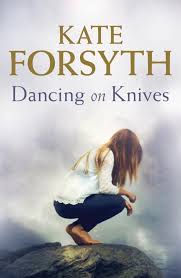
J – You’ve written across genres and for all ages, Historical Fiction, Children’s Books, literary mystery, poetry. In this publishing climate do you feel that it’s important for writers to be this diverse? You’ve never had to use a pseudonym for your books as many other writers have had to do. Was this something your publishing houses and agents decided or did you want all your work under your name?
K – I’m not at all sure that its a good idea to be as diverse as I am. The accepted wisdom is find your niche and stick to it.
I’m not very good at doing that, though. I love to read so many different genres of writing and I don’t see why I can’t write in all different genres too. I hate to be confined in any way. I also love new adventures. I like to stretch myself, and challenge myself. And mastering a new genre is one way to do that. Also, I need to say that I don’t choose what I’m going to write next with an eye on what the market is doing, or what publishers want. I get a new idea for a story that utterly electrifies me, and then the story tells me what it wants to be. The story determines its own shape.
In fact, I have risked a lot to write the stories I wanted to write.
For example, I had a big early success with writing epic fantasy novels for adults and it was a big risk for me (and my agents & publishers) for me to then choose to write for children and then to move to historical fiction. In fact, my US publishers told me that they would gladly continue to publish me if I kept on writing fantasy fiction for adults, but they would not publish me if I changed. So when I wrote the books I wanted to write, it was with the full knowledge that I was losing my US publishers and may not be able to find another (happily, I did!) It was not a marketing decision at all! I always have to write the book that is burning a hole in my imagination. I don’t choose the story, the story chooses me – and then I just try to do the very best I can. I’ve just been very lucky that the big gambles I’ve made have paid off.
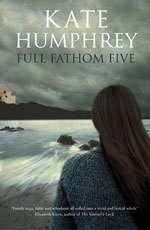
And in regards to pseudonyms, my novel Full Fathom Five, the contemporary family drama/murder mystery that I wrote in my 20s, was originally published under my maiden name Kate Humphrey, at the suggestion of my publisher who was worried that my fantasy fans would find it too different. However, it has since been re-published under my married name Kate Forsyth (and a new title Dancing on Knives) because what we have discovered is that readers will follow an author they really love and trust. However, if I was to do something really different, I may well decide to use a pseudonym in the future, if I thought it would give me greater creative freedom.
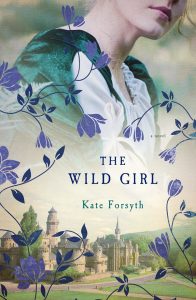
US cover of The Wild Girl
J – How tightly do you plot your books? Are you somebody who likes to free-fall into the story and allow it to come through you; or do you prefer a more tightly-plotted book?
I like to have a vivid sense of the shape of my story and of my characters and setting before I start writing a single word. I like to see it, hear, it, smell it. I take a long time to daydream about my story, and research it, and plot it, and then I write quite swiftly and strongly. I always leave space for new ideas and new flashes of inspiration, while still being in control of how the story develops. This is one reason why I can be so productive. I never get myself in a tangle (or rarely anyway!)
J – Do you prefer to draft on paper or computer? Do you like to read on kindles or paper books?
K – I write all my ideas and questions and flashes of inspiration and research notes and early plans in my notebook … and continue to use my notebook as the story grows and changes. However, I generally write straight into the computer. (There are a couple of exceptions to this. I write poetry longhand and any sentence which is giving me trouble, I’ll write and rewrite longhand until I get it right).
I prefer to read paper books for a multitude of reasons, but I travel so much that I do a lot of reading on my ipad. Before I go away, I load up a dozen books so I have a choice of what to read. If I really love a book I’ve read in e-book format, I often buy it in p-book format when I get home.
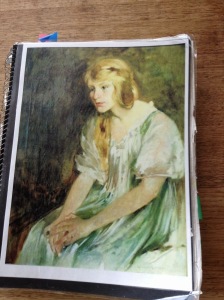
One of Kate’s notebooks from The Wild Girl
J – There’s so many things I admire about you Kate, and one in particular is how hard you work at publicising yourself. You seem to be at every Writers’ Festival, every library event, book club meeting and anything literary related. Is it
important for writers to be entrepreneurs, market themself and what tips and advice can you share in this area? You’re a Gemini who loves communication and so what advice do you have for more introverted types?
K – I do think its very important for writers to be the engine of their own success. I often hear writers moaning about their editors or their publicists or whatever, and it makes me a little uncomfortable. You need to be very aware of how the industry works, and how you can best work with it to maximise your success. You need to think: what do I know, what can I do, to help give my book wings?
It is true that I am a Gemini and I love to connect and communicate … but one half of me is very much an introvert, and I often find it hard to leave my peaceful green study and go out and face the world. So I try and think, what can I give today? Who can I help today? What amazing connection might I make today? What I have discovered is that every small effort I make often creates ripples beyond what I could ever have imagined. And so I’m encouraged to keep on working, keep on trying, keep on reaching out … and then wait to see the astonishing rewards I reap.
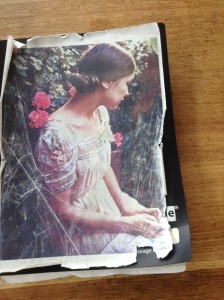
Wild Girl notebook
J – I know how uplifting your public-speaking is and I’m longing for the day you start your marketing courses for writers. Your public speaking never fails to elevate and inspire me no matter how many times I hear you speak. Your public speaking skills are even more impressive as you’ve been afflicted with stuttering since you were very young. How did you find the confidence and strength to keep going to become the acclaimed public speaker you are?
K -That is such a lovely thing for you to say! Thank you.
It is true I was afflicted with a stutter for most of my childhood – and it still can trip me over today. It was a very hard battle that I fought. My mother was incredible. She invested a lot of money into speech therapy for me when she was a struggling single mother … and she invested a lot of time into encouraging me to read aloud – poetry and Shakespeare, mainly, because I seemed to stutter less when I read them. Mainly I overcome my stutter by avoidance – I won’t utter a sound that I know is likely to trip me – I find other words, other ways to say what I mean. I also learnt to control my breathing better, and slow down, which I think has really helped me in my public speaking. Sometimes I get a faint sing-song quality to my voice, particularly when I’m telling a story, which comes from the speech therapy. We were taught to sing what we could not say.
The other thing I have come to realise is that most people are very forgiving of my stutters and stumbles – they lean forward, urging me to recover, wanting me to go on. My vulnerability makes me easier to connect with. At least, that is the feeling I get.
J – How do you feed your Muse? And what does your Muse look like?
I daydream a lot. I love the shadowy space between sleep and wakening, as I get so many ideas then. I love to walk and think in silence, taking in the beauty of the world. I read poetry, and listen to music, and watch ballet and theatre and films. I love to travel, to imagine lives unlike my own. I love to listen to people tell their life stories – and people do! Often complete strangers will confide the strangest things to me. I write in my journal most days, as you know, and that is a wellspring of constant inspiration and refreshment to me. I read a lot, across all genres, including non-fiction. I never know when an idea will be sparked for me.
What does my muse look like? Like me, I suppose, only a shadowy green-dark version like an image in a deep well or an old silver mirror …
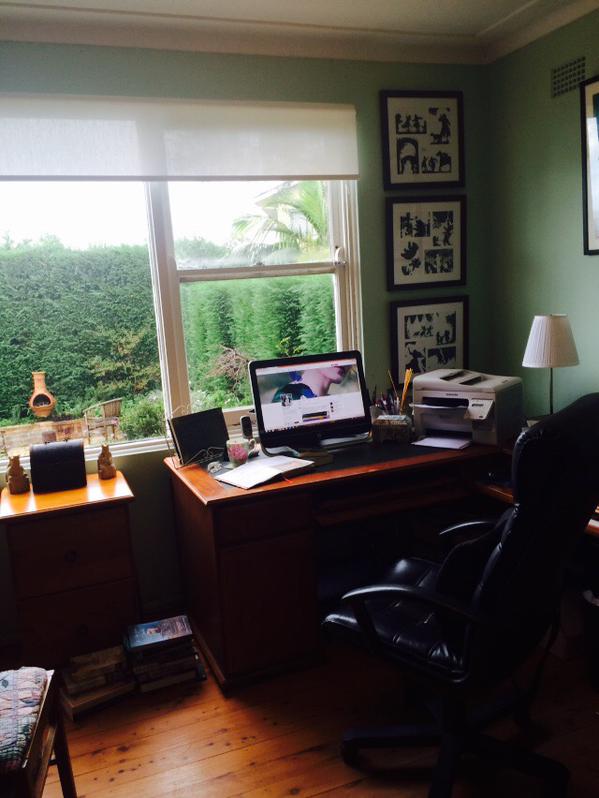
Where the magic happens.
J – If you need to have the hide of a rhinoceros and the soul of a rose to succeed in the arts: how do you see your rhino hide as being? What are the qualities that have kept you going and where do you think you have gained those qualities from? And also – how would you see yourself as the soul of a rose? What are your more sensitive qualities?
K – I don’t think I have the hide of a rhino. In fact, I think its very important that creative artists remain sensitive and open to the world and alive to possibility. To encase ourselves in a hard carapace is to lose what makes us so gifted as creative artists – the ability to feel intensely.
What I do have is utter determination. No matter how many times I’m knocked over, I pick myself up and keep on going. To allow myself to be broken would be to deny my true destiny (I know, I know, but that’s how I feel, truly). All I want to do is write. And so I have to somehow find the strength of will to never give up, and to never admit defeat.
Thank you, Kate. xx
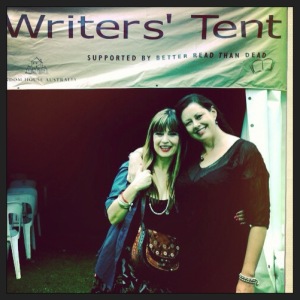
Josephine Pennicott and Kate Forsyth
You can find Kate at her glorious website
HEREIf you have enjoyed this post, please share with kindred spirits. Love and Light Josephine xx
 I’m delighted to present my next author for my Ride the Rhino Inspiration posts – the beautiful Kate Forsyth.
I’m delighted to present my next author for my Ride the Rhino Inspiration posts – the beautiful Kate Forsyth.  I feel as if I’ve known Kate forever. We we were both briefly involved with The Drinklings many years ago, when we enjoyed wine and book chats in Sydney with a group of writers and we’ve spoken on a couple of panels together.
I feel as if I’ve known Kate forever. We we were both briefly involved with The Drinklings many years ago, when we enjoyed wine and book chats in Sydney with a group of writers and we’ve spoken on a couple of panels together.  She always inspires me with her intelligence, talent and her generous nature towards other authors. When I began this series of inspirational interviews I knew I had to have Kate aboard. When we last spoke at the Newtown Writers Tent for Better Read than Dead bookshop, we ended up in rain-soaked Newtown talking for hours in a cafe about writing, publishing, our children and the juggling act we have to go through. It’s a true testimony to how highly I regard her that when I suffered a major heartbreak with my publishing career, it was Kate I trusted, sending off a frantic email asking for her advice. In the very competitive world of publishing, Kate has always sought to encourage other authors to fulfil their dreams and destiny.
She always inspires me with her intelligence, talent and her generous nature towards other authors. When I began this series of inspirational interviews I knew I had to have Kate aboard. When we last spoke at the Newtown Writers Tent for Better Read than Dead bookshop, we ended up in rain-soaked Newtown talking for hours in a cafe about writing, publishing, our children and the juggling act we have to go through. It’s a true testimony to how highly I regard her that when I suffered a major heartbreak with my publishing career, it was Kate I trusted, sending off a frantic email asking for her advice. In the very competitive world of publishing, Kate has always sought to encourage other authors to fulfil their dreams and destiny.  Kate is an international bestselling author of 36 novels spanning a range of genres. She writes for both children and adults and has won many awards, including Five Aurealis Awards in a single year and a CYBIL award in the United States. Her bestselling novel Bitter Greens won the American Library Association Award for Best Historical Novel of 2015 and the library journal US Best Historical Novel. Kate has a doctorate in fairytale studies from the University of Technology in Sydney and a BA in literature and a MA in creative writing. Writing talent is obviously in her blood: she is a descendant of Charlotte Waring, the author of the first book for children published in Australia, “A Mother’s Offering to her Children” (1841).
Kate is an international bestselling author of 36 novels spanning a range of genres. She writes for both children and adults and has won many awards, including Five Aurealis Awards in a single year and a CYBIL award in the United States. Her bestselling novel Bitter Greens won the American Library Association Award for Best Historical Novel of 2015 and the library journal US Best Historical Novel. Kate has a doctorate in fairytale studies from the University of Technology in Sydney and a BA in literature and a MA in creative writing. Writing talent is obviously in her blood: she is a descendant of Charlotte Waring, the author of the first book for children published in Australia, “A Mother’s Offering to her Children” (1841).









